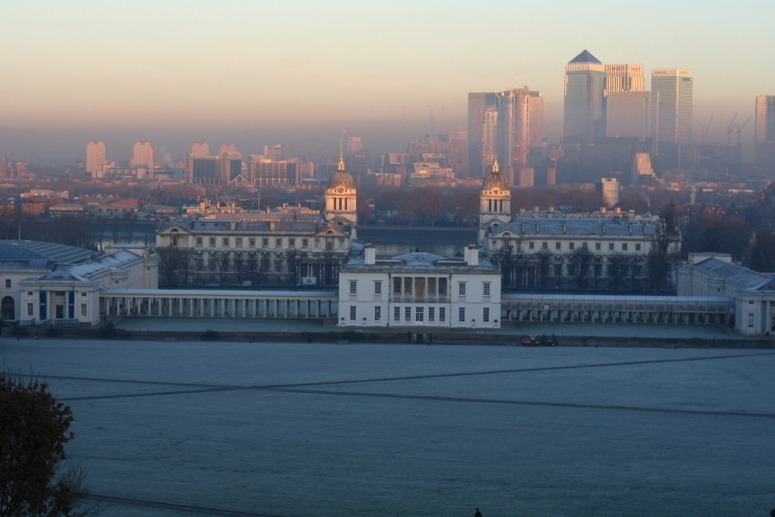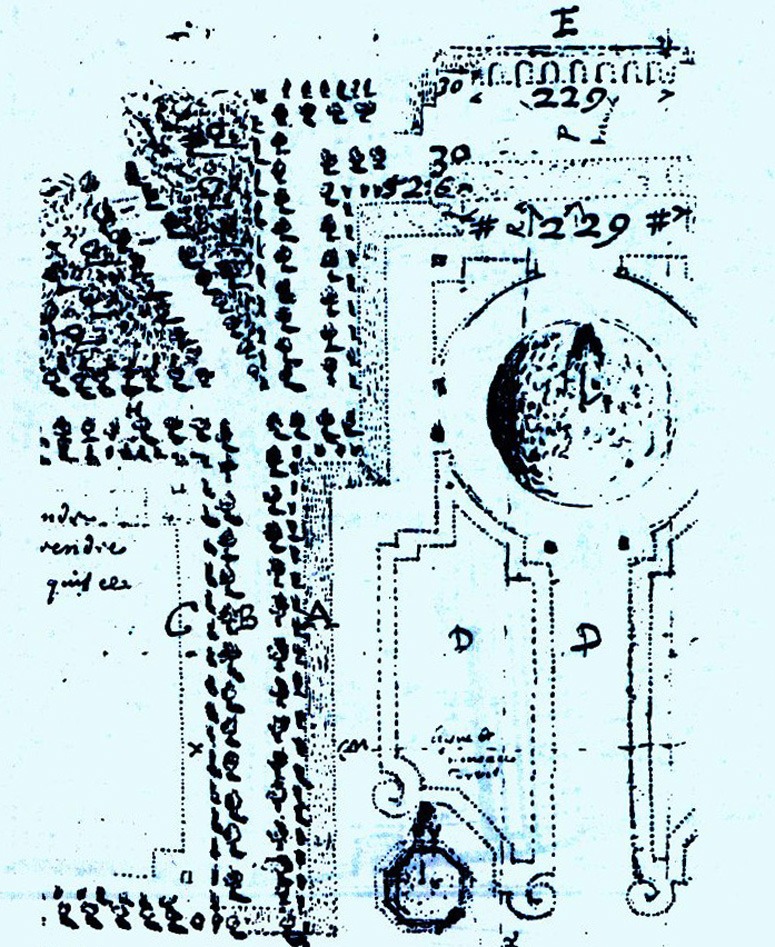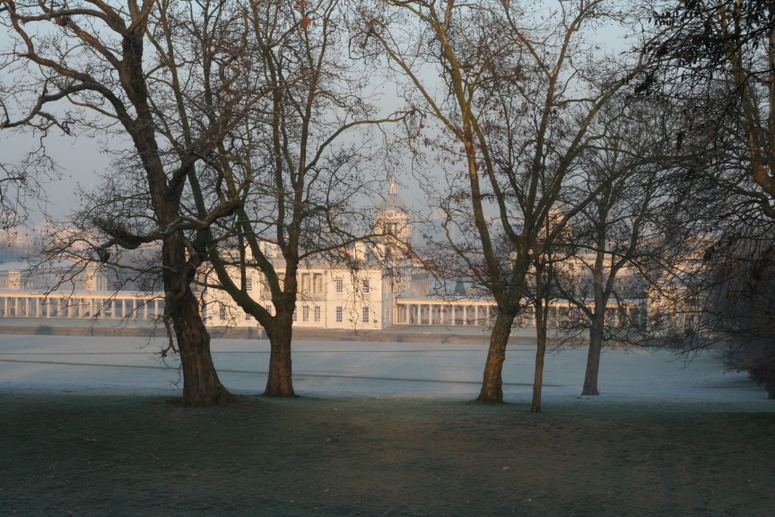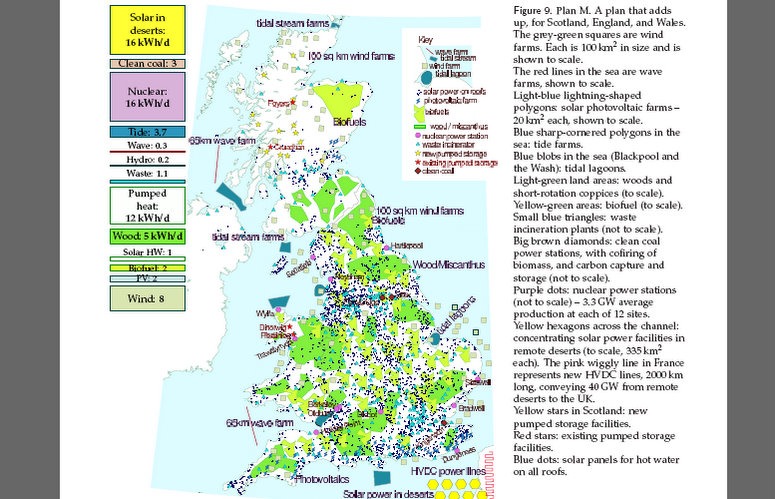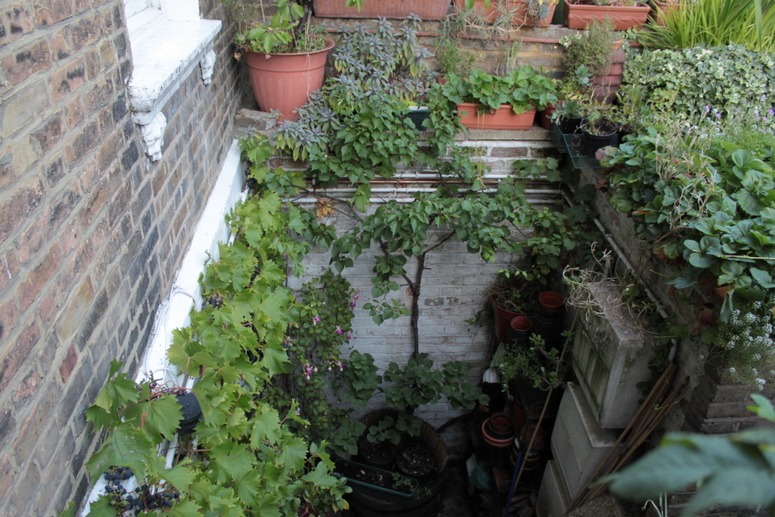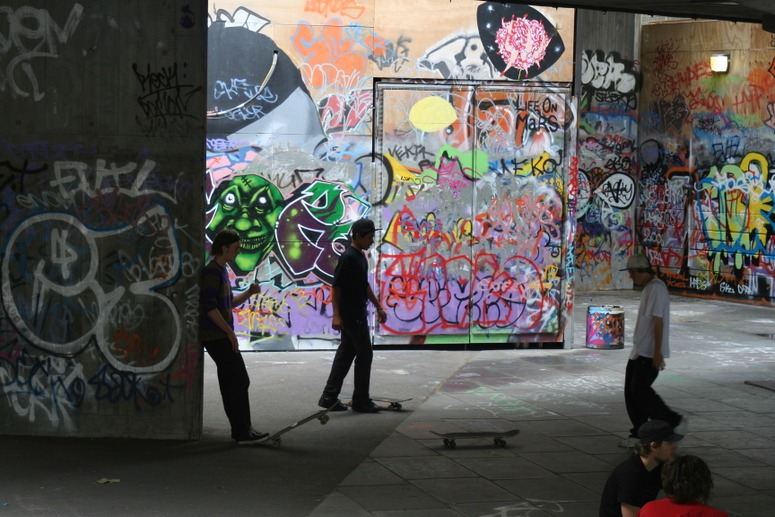
Witney Hedges entry for the Tiananmen Square competition would be invisible by day and spectacular as dusk turns to dark
The landscape architecture compeition for Tiananmen Square was announced in March 2009 and, seven months later, we are pleased to see the first entries coming in. There are still eight months to go (till June 2010) and we hope for many more. All the competition entries can be seen on Flickr, because it is a Web 2.0 design competition. A Chinese commentator has said, in effect, ‘leave Tiananmen Square as it is: it is a ‘holy place’ belonging to the PRC and foreigners should leave it alone’. I can understand this attitude! – but the conclusion that ‘nothing should ever change’ does not follow and two of the early entries. from Witney Hedges and Henrychung, go for a ‘sensitive intervention’ approach which leaves the use and spatial character of the Square very much as they are today. Other entries, perhaps inspired by the famous Chinese architect Ma Yansong, go for a radical greening of the space. My own view is that all options should be considered and that they should be discussed both within China and outside China. Civilization, to which China has made an inestimable contribution, belongs to the whole world, not to a group of people who occupy a small geographical zone for a short period in time: they have the right and the power to decide but they can and should welcome debate.

